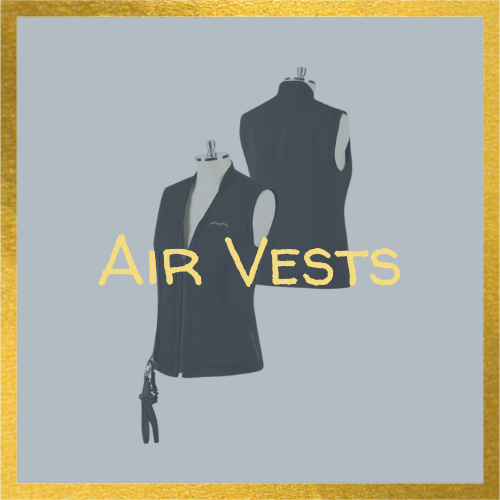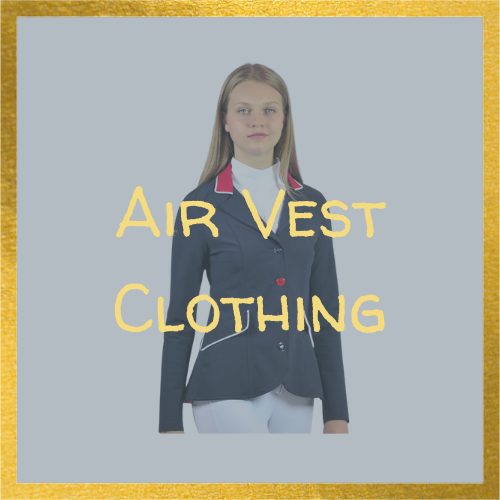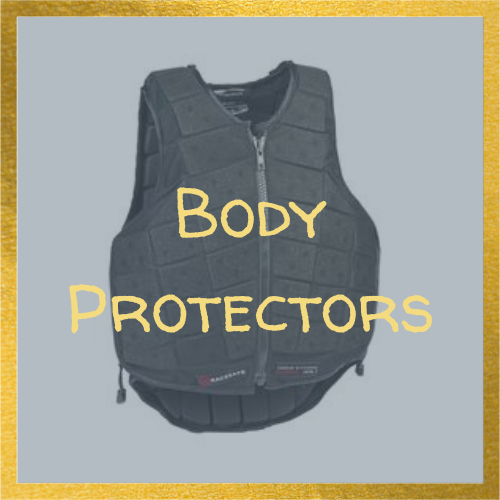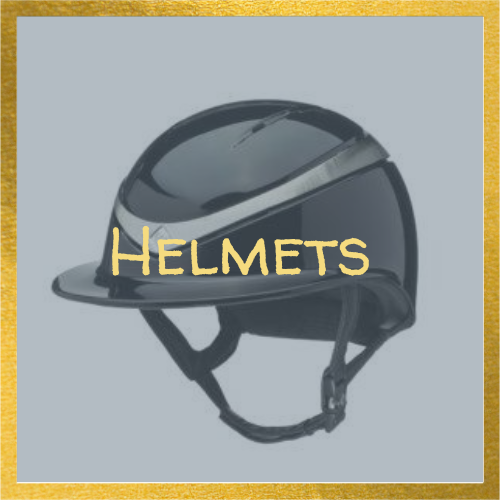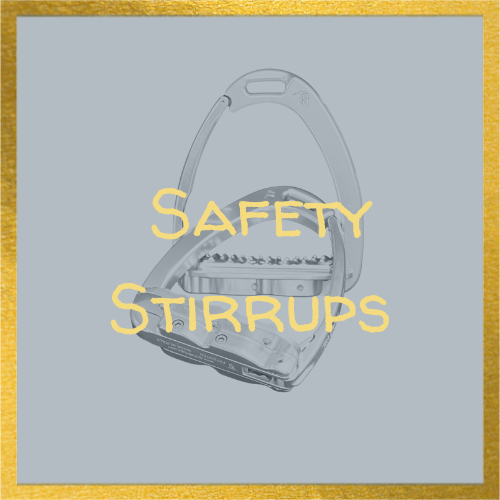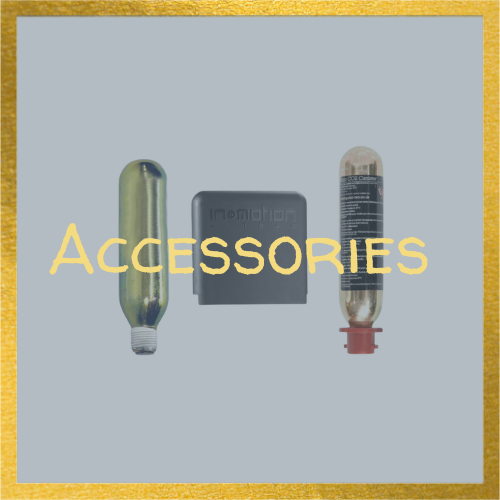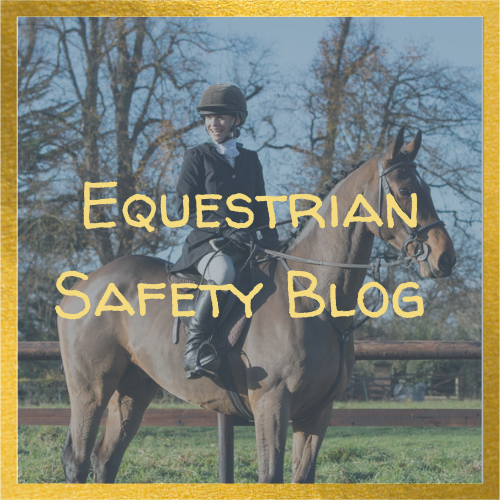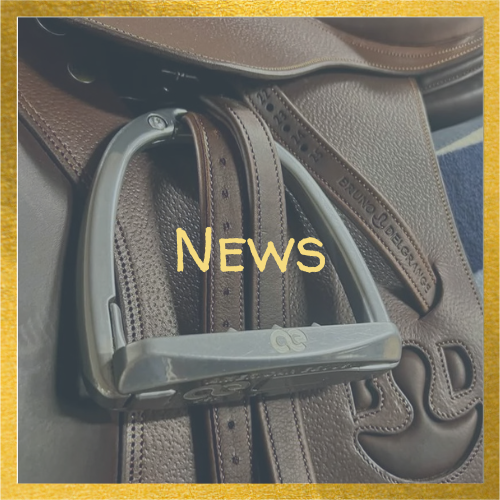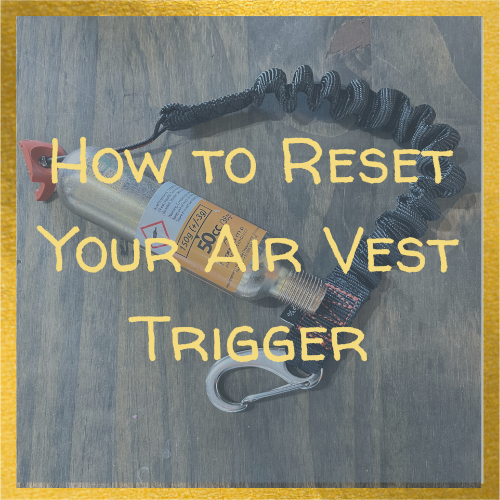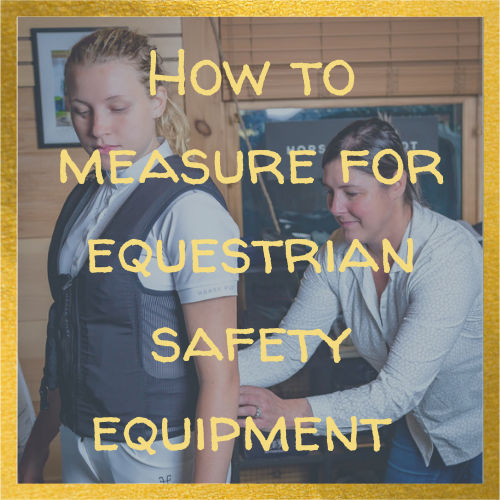Published in partnership with Show Plus
In the first article of the ShowPlus Safety Series about Equestrian Air Vests, we talk about the reason we started this series, and about the importance of knowing exactly in which situations an air vest can prevent injuries and in which situations it won’t.
𝐉𝐞𝐧 𝐁𝐚𝐮𝐞𝐫𝐬𝐚𝐜𝐡𝐬 𝐖𝐚𝐧𝐭𝐬 𝐭𝐨 𝐆𝐞𝐭 𝐓𝐡𝐞 𝐖𝐨𝐫𝐝 𝐎𝐮𝐭 𝐚𝐛𝐨𝐮𝐭 𝐀𝐢𝐫 𝐕𝐞𝐬𝐭𝐬
 Inflatable Air Vests as safety equipment are seen more and more in the world of show jumping as well as in the hunter and equitation disciplines. Some people advocate for them, others have their doubts.
Inflatable Air Vests as safety equipment are seen more and more in the world of show jumping as well as in the hunter and equitation disciplines. Some people advocate for them, others have their doubts.At the end of last year Jennifer Bauersachs, one of the best and most respected hunter riders in the country, was flatting a horse at her winter barn in Wellington, FL. Her horse spooked from a loud noise, and a freak accident followed.
Bauersachs was wearing her air vest, but the vest didn’t go off because rider and horse fell together. A horseback riding air vest only deploys when the rider separates from the horse, triggering inflation. Because Bauersachs and the horse both went down, the vest didn’t blow up until the horse got up, and Bauersachs didn’t. Bauersachs sustained 8 broken ribs, a collapsed lung, a broken collarbone, and a concussion. The position of the canister in the vest, and the fact that the vest inflated after she had fallen, may have contributed to her injuries.
𝐃𝐨 𝐲𝐨𝐮𝐫 𝐡𝐨𝐦𝐞𝐰𝐨𝐫𝐤!
A few days after the incident, Bauersachs posted her story on Facebook. “I wanted to make people aware of the pros and cons of wearing an air vest,” said Bauersachs. Her post ignited a broad discussion and raised many questions about the use of air vests and other body protective equipment. “People should become aware that the product isn’t for every scenario, and that there is a chance of injury if the vest does not expand,” said Bauersachs.
“Just to be clear: I am a firm believer in wearing a properly designed vest, and I promote wearing one. However, I do want people to be aware of the possible hazards so they can make a better decision for themselves,” emphasized Bauersachs. “I should have done more research before I bought the vest, and if I had been educated properly at the time of sale, maybe I would be riding again by now. So my advice is to do some homework.”
𝐑𝐢𝐝𝐞 𝐄𝐪𝐮𝐢𝐒𝐚𝐟𝐞
In collaboration with Jen Bauersachs and Catherine Winter of
Ride EquiSafe
, ShowPlus will provide information that all riders need to know before deciding which safety vest is best for them.Winter’s Ride EquiSafe is an independent store that focuses on only equestrian rider safety equipment. Ride EquiSafe carries all the main brands and Winter is fully trained by the manufacturers. Since there is no independent institute in this country for safety equipment in the equestrian industry, Winter is currently one of the few experts on this subject.
We asked her how it is possible that an air vest might have contributed to Bauersach’s injuries.
“First of all, I am so sorry that this happened to Jen, and I wish her the speediest of recoveries,” says Winter. “The silver lining of all this is that it’s forcing an educational conversation. That conversation is necessary because riders don’t have enough information to make the right decision regarding the purchase of a safety vest, and they don’t know which questions to ask,” states Winter.
𝐇𝐨𝐰 𝐝𝐨𝐞𝐬 𝐚𝐧 𝐚𝐢𝐫 𝐯𝐞𝐬𝐭 𝐰𝐨𝐫𝐤?
“For an air vest to work, you have to separate from your horse. The lanyard is attached to the saddle on one end, and to the canister at the other end, and a separation from horse and rider (depending on the length of the lanyard, which in most cases will be around 2 ft.) pulls the ball at the end of the lanyard out of the trigger, piercing the gas cartridge and inflating the vest. When the rider is falling with the horse and therefore not separating, the air vest doesn't go off. While the risk of this type of fall is far less in disciplines other than eventing, it does happen, like in Jen’s case. Something as simple as a horse stumbling can cause the horse to fall and the rider along with it, albeit without separation.” Winter is well aware of those situations.
𝐓𝐡𝐞𝐫𝐞 𝐢𝐬 𝐧𝐨 𝐩𝐞𝐫𝐟𝐞𝐜𝐭 𝐩𝐥𝐚𝐜𝐞 𝐟𝐨𝐫 𝐚 𝐜𝐚𝐧𝐢𝐬𝐭𝐞𝐫
In Bauersach’s case, questions arose about the placement of the canister and if the canister itself contributed to her injury.
“There is no perfect place for a canister, so manufacturers look for the most benign place to put what is in fact, a hard object,” shares Winter her experience with air vests and their manufacturers. The majority of air vests have the canister on the right side of the torso in a fleshy area. The goal is to minimize placement over skeletal structures or areas with critical internal organs. Achievement of that goal depends on both the design of the canister as well as the build of the rider. For a rider with a longer torso, it’s easier to minimize contact with the the ribs, whereas a rider with a shorter torso likely will have more of the canister system against their lower ribs,” says Winter.
The majority of air vests on the market have for many years used the same canister design, and while products continue to evolve, there has not been significant innovation in this area. There is currently only one mainstream equestrian air vest manufacturer that uses a different design.
𝐖𝐞𝐚𝐫 𝐛𝐨𝐭𝐡!
Because no safety equipment can provide complete protection against every circumstance, the question arises as to how to most thoroughly protect oneself. “When people ask us if the safest thing to wear is a body protector or an air vest, we always say: ‘wear both’. A body protector is highly effective at absorbing shock, especially pinpoint impacts such as falling on a fence, getting stepped on, or getting kicked. While an air vest is great for softening impacts, it’s of no value if it doesn’t deploy,” shares Winter. “In a scenario such as Jen’s, the added coverage of a body protector might have lessened or even negated the injuries that may have been exacerbated by the air vest canister.”
𝐆𝐞𝐭 𝐭𝐡𝐞 𝐫𝐢𝐠𝐡𝐭 𝐢𝐧𝐟𝐨𝐫𝐦𝐚𝐭𝐢𝐨𝐧!
“When it comes to body protectors and air vests, think of it like a car. The body protector is like a seat belt and the air vest is like the airbag. The manufacturer recommends you use both, but people make their own decisions. Sometimes those decisions are economic in nature. The bottom line is that even in a car with the absolute highest safety rating, injuries and even death occurs. Unfortunately, it's the same in our sport,” says Winter. “We just need to make the best decisions possible. Therefore it’s extremely important that tack shops give you good information when you show interest in buying an air vest or any other safety equipment. It's critically important that people understand what they are buying, including the products’ limitations” says Winter.

